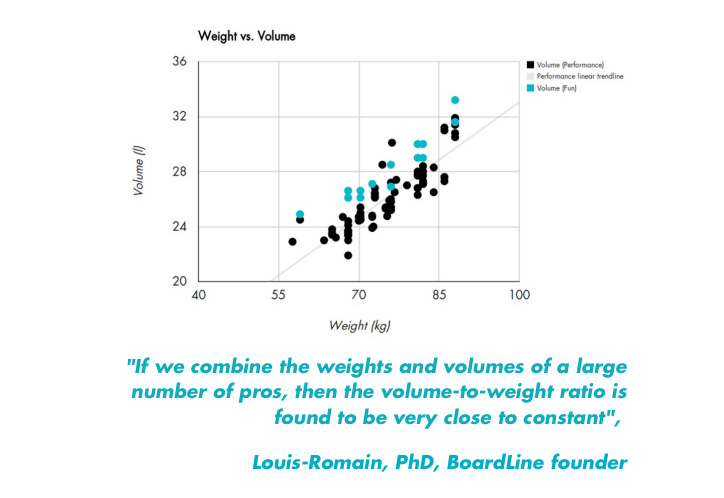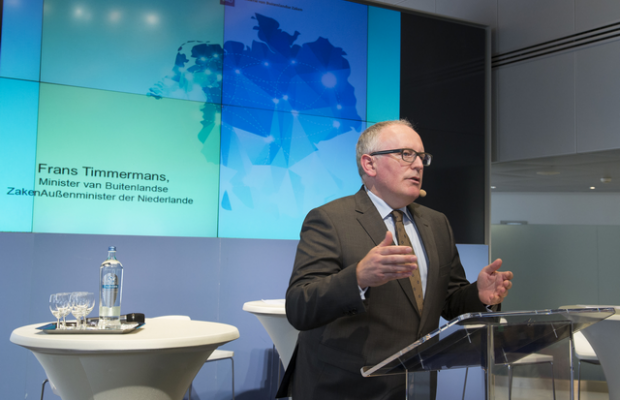
Falcao: ‘I’m ready to fire United back into the Champions League
September 12, 2014
BoardLine, the first universal science-based surfboard calculator
September 12, 2014 
During the summer of 2014 the claws of geopolitics have also touched Europeans. It is a time of punctuated equilibrium, 25 years after the fall of the Berlin Wall.
During the summer, pro-Russian rebels shot down the civilian airliner MH-17 over Ukraine. The event killed 196 Dutch civilians and the illusion of Europe being insulated by trade, NATO and democracy. The rise of the Islamic State in Iraq and Syria also put the spotlight on an estimated 3000 Muslim fighters from Europe and many more supporters still in Europe.
In the countries of Europe, the consciousness about geopolitics has shifted. On 2 September, it fell to the Dutch foreign minister, Frans Timmermans, to explore some of its rougher contours. His lecture was held in cosmopolitan Amsterdam, but the audience was largely indigenous and middle class.
The 53-year-old social democrat, the burly grandson of Limburg miners, currently is the most popular politician in Dutch polls. His Dutch political rivals describe him as an irascible and vain workaholic. Luckily for them, Timmermans may soon be leaving for Brussels as a new European Commissioner.
Passionate European and regional identities
This move would not only reflect his professional drive. Timmermans grew up in several countries in his youth where his father served as a diplomat. He has an artist’s appreciation of different cultural spheres and speaks 8 languages.
Timmermans strongly identifies with Europe, but also with the Limburg border region where he was born. Limburg has its own dialect and a striking landscape of forests, hills and streams. He often refers to the stories of his parents and grandparents. We „stand in an uninterrupted stream“ and „form a link in an endless chain of generations through the ages“.
These family stories have also imbued him with an awareness of historical cycles and the fickleness of fate. During the time of his grandparents, it was accepted that there would be armed conflict in Europe every 30 years or so. The beloved German workmates of the Dutch mineworkers in Limburg could also become the hated forces of an invader a few years later. The great-grandchildren of those mineworkers could again come to appreciate German culture and individuality.
In his lecture in Amsterdam, he described the EU as a bulwark against ultra-nationalism. He also quoted Vaclav Havel approvingly: Europe is „the fatherland of fatherlands, the common roof upon our houses“.
Faultlines through Europe
Timmermans also concluded that Huntington’s geopolitical vision of a clash of civilizations in the 1990s was now closer to current realities that Francis Fukuyama’s vision of the end of history. „We must again see the world more the way it is and less in the way we want it to be“.
However, clashes often ran between different factions within civilizations, also on Europe’s eastern and southern borders. „The boundary of Europe is, in other words, where its values are contested most seriously. If this summer teaches us something, it is that the boundary of Europe sometimes runs right through The Hague’s Schilderswijk neighbourhood, sometimes between the groups in the European parliament and sometimes in the Ukraine, sometimes in the banlieues of Paris, sometimes in the collective inability to stand up in defence of our values.“
Timmermans forcefully argued that Europe was not only a geographical expression. Europe was a way of thinking and a way of life. The mix might differ in different places of Europe, but to him the combination remained the same: freedom, rule of law protecting democracy, social support systems. Europeans had to resolutely defend that spirit and community of values.
The multimorphosis of Europe
Nevertheless, the future of Timmerman’s EU will be subject to processes of multimorphosis. He once described the EU institutions as a noisy machine room, in which people in dirty overalls speak to each other in a language which outsiders don’t understand. As the European parliament’s elections showed, many citizens of Europe’s states now distrust those operators. Key national states like Germany and France will often have the stronger hand of cards.
The political centre in many individual member states have also weakened. The politics of class, generation and identity are surging from Flanders and Catalonia to Italy and Hungary. In addition, there are strong institutional differences between some countries in northwestern, southern and eastern Europe. The resources, demographics and forces to defend European values are not optimal for the tasks ahead.
Contesting pressures for more space for non-Western citizens or stricter immigration policies will also continue. Timmermans’s view that the Netherlands is a historical project of minorities, where hyphenated Frisian-Dutch and Moroccan-Dutch live together, may still win through. However, on these and other issues, top-down EU measures may simply be less successful than bilateral and local measures involving more stakeholders.
The mindsets and institutions of the current political elites were developed during relatively cushioned decades in Europe. Will they be able to master the challenges of a rough new age?
The title of Timmermans autobiography, Glűck Auf!, points to a saying among the mineworkers of Limburg before they go underground. It expresses the wish that they will enjoy the hard work in the deep, dark chambers of the earth. But mining is dangerous work, and the saying also expresses the wish that they will return unharmed.
In coming years, European geopolitics will remain subject to quick shifts and random disruptions. Like Limburg’s mineworkers, many Europeans will need an optimistic fortitude.
Dr. Heinrich Matthee is the Director, Research of INEGMA-EU in Brussels. http://www.inegma.com
photo: Ministerie van Buitenlandse Zaken / flickr.com / CC BY-SA 2.0


